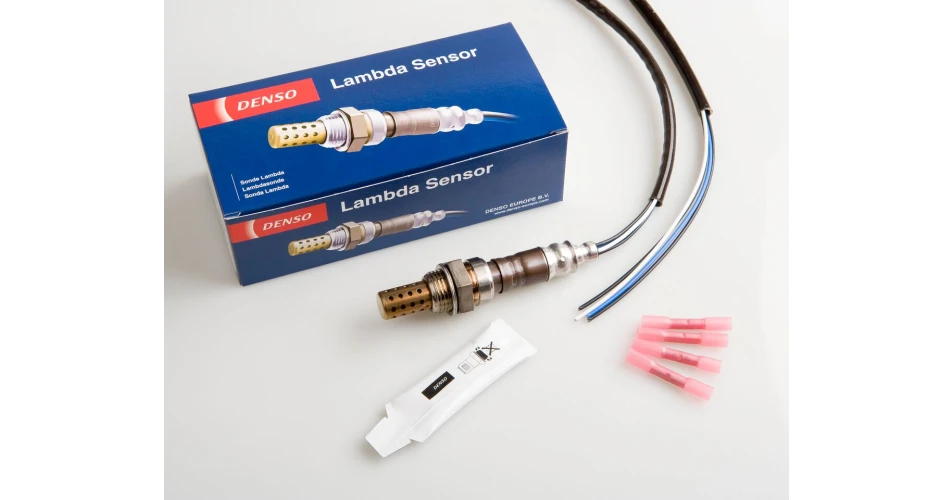DENSO has issued some expert fault-finding tips to improve fuel efficiency and reduce exhaust emissions concerning vital lambda sensor components.
The parts manufacturer says OE-quality lambda sensors able to dramatically reduce exhaust emissions and optimise engine efficiency. This means keeping sensors in good condition is vital and timely replacement provides garages with a good upsell opportunity.
With regard to warning signs of faulty sensors, DENSO says technicians should firstly look for any physical signs of a faulty Lambda Sensor such as, high fuel consumption, rough engine running, poor emissions performance or a displayed Diagnostic Trouble Code.
To be as proactive as possible, performing a Systematic Diagnosis can help provide a near full-proof service and routinely identify any Lambda Sensor defects:
- Check service history. A first course of action should be checking for components that may have been replaced in the last service or incorrectly fixed. Also check if any connections were not refitted, or if the wrong parts have been used. Pay particular attention to anything which could affect Lambda Sensors, including EGR valves, fuel injectors and exhausts.
- Visual inspection. Check under the bonnet for any exhaust leakage. This process takes little time, but could potentially save hours.
- Check for diagnostic trouble codes.
- Live tests. Perform live tests and check the exhaust system for leakage. Then use a live test and start the O2 sensor only, to check how long it takes for the signal to give a reliable hi-low oscillating signal. Also test the heater resistance at room temperature; the heater power from the car and the heater current during engine warm-up. If that fails to provide a solution, compare with other sensor signals during idle and raised (2500) RPM.
- Sensor inspection. The tip of the sensor should be a dull grey in colour. If discoloured to red, it may signify a contamination by fuel additives which can block the sensor and prevent it from functioning properly. In addition, check for damage to wires and connectors to the EMS system
- EMS inspection. Check other parts of the EMS, including MAF Sensors, the thermostat and fuel injectors for any exhaust leakage.
By performing a comprehensive sensor check service technicians can fix minor issues and learn when a sensor is in need of replacement. DENSO say fitting long-lasting OE quality ensures a long-lasting replacement whilst providing an improved service that boosts customer satisfaction and in turn, retention.
